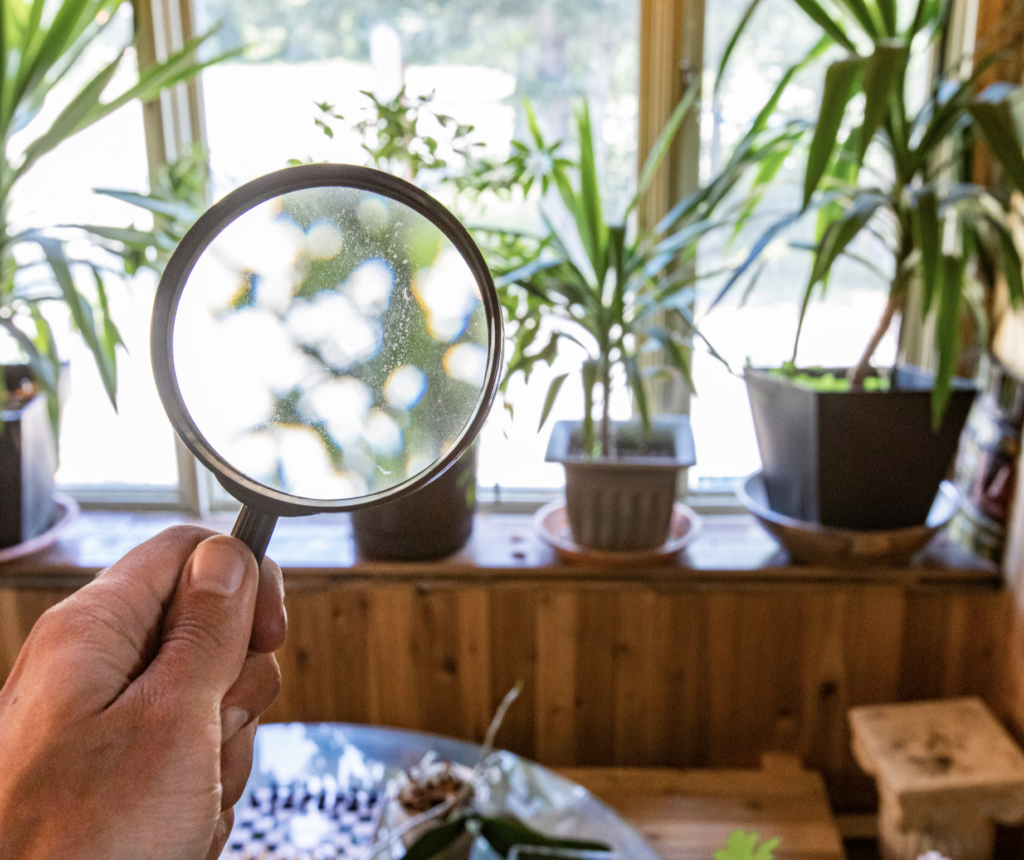Indoor pollution is a significant issue that affects the air quality in our homes and workplaces. It can cause a range of health problems, including respiratory issues, headaches, and allergies. In this blog post, we will explore indoor pollutants and what you can do to prevent them from affecting your health.
Indoor pollutants are substances or materials that contaminate the air we breathe in enclosed spaces such as homes, offices, and schools. These pollutants can come from various sources, including building materials, household cleaning products, pets, and even outdoor air pollution that seeps inside. The following are some of the most common indoor pollutants:
1. Volatile Organic Compounds (VOCs) – These are chemicals found in paints, adhesives, and cleaning products that can evaporate and release harmful gases.
2. Particulate Matter – This refers to tiny particles in the air that can be inhaled and cause respiratory problems. These particles can come from tobacco smoke, cooking, and dust.
3. Mould and mildew – These are types of fungi that can grow in damp areas of the home, such as bathrooms and basements. They release spores into the air that can trigger allergies and respiratory problems.
4. Carbon monoxide – This is a colourless and odourless gas that is produced by burning fuels such as gas, oil, and wood. It can be lethal in high concentrations.
Now that we know what indoor pollutants are let’s explore what we can do to prevent them.
1. Improve ventilation – Proper ventilation is crucial to remove indoor pollutants and improve air quality. Open windows and doors when possible, and use exhaust fans in bathrooms and kitchens to release steam and cooking fumes.
2. Use natural cleaning products – Many commercial cleaning products contain harsh chemicals that can release VOCs. Instead, opt for natural products like vinegar, baking soda, and lemon juice.
3. Keep the home dry – Mould and mildew thrive in damp environments. Therefore, use dehumidifiers in damp areas such as basements and promptly fix any leaks or water damage.
4. Test for radon – Radon is a radioactive gas that is a leading cause of lung cancer. It can seep into homes through cracks in the foundation. You can test your home for radon and install a radon mitigation system if necessary.
5. Avoid smoking indoors – Tobacco smoke is a significant source of indoor pollutants. If you smoke, do it outside, and avoid smoking around children.
In conclusion, indoor pollutants significantly threaten our health and well-being. However, by improving ventilation, using natural cleaning products, keeping the home dry, testing for radon, and avoiding smoking indoors, we can significantly reduce our exposure to indoor pollutants and improve the air quality in our homes

